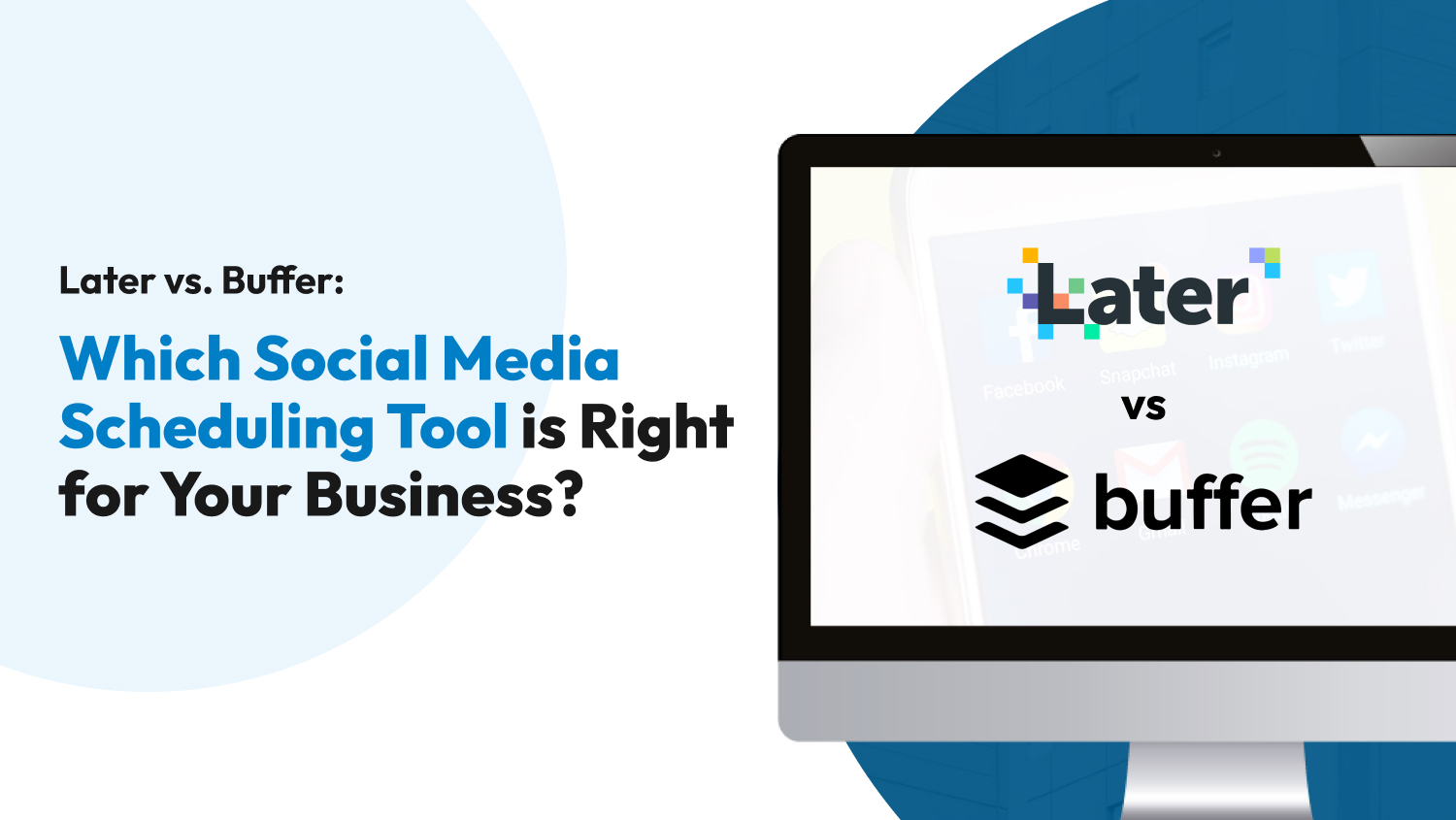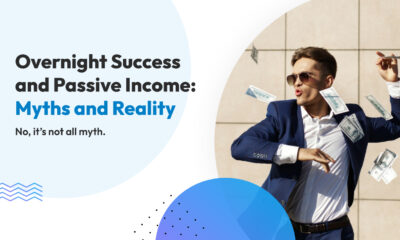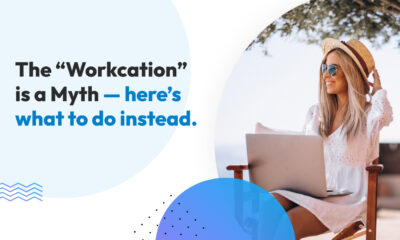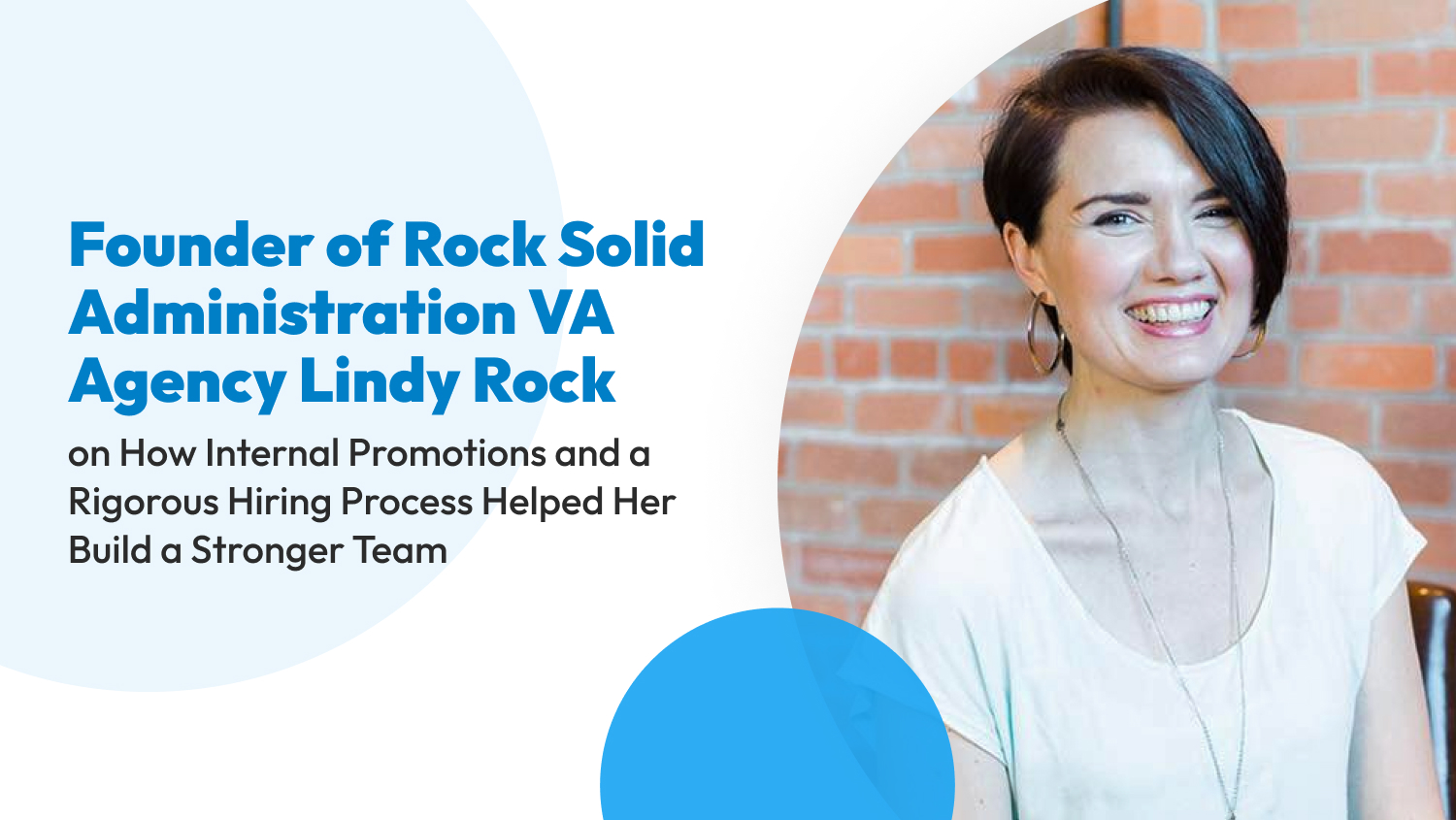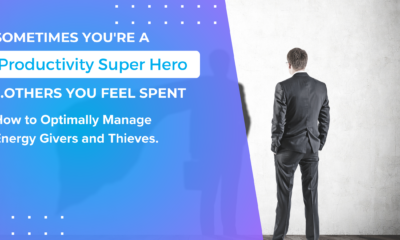Business
Later vs. Buffer: Which Social Media Scheduling Tool is Right for Your Business?
A 2020 survey by the Content Marketing Institute shows that over 75% of social media marketers say that an active social media presence significantly increases their business traffic. Indeed, with half our lives existing virtually, social media has become an essential avenue to establish authentic client relationships.
Enter Buffer and Later, two similar social media schedulers tailored for small businesses. From content creation to extensive analytics, both tools provide you with enough ammo to thrive in today’s fast-paced digital world. But each business has its own goals, and Buffer and Later have differing approaches to social media engagement. So, which should you invest in?
Today, let’s dive into the nuances of Buffer and Later, establish their key features, and examine the strengths and weaknesses that make them stand out or falter in social media. So settle in, grab your coffee, and let’s explore the ins and outs of Buffer and Later.
Later vs. Buffer: A Thorough Examination
To definitively declare a winner, we must first establish the benchmarks we’ll use to measure both apps. For this article, we’ll use:
- Ease of Use
- Available Social Media Channels
- Content Creation
- Publishing
- Team Management
- Analytics
- Pricing
Ease of Use
One of the factors that drive efficiency in software is its user-friendliness. Not only must the software be packed with features, but it must also be intuitive and easily navigated.
In terms of usability, there’s not much difference between the two. Buffer offers a minimalist and straightforward interface with features neatly sorted in their respective app drawers. Later uses a more colorful palette in its interface but ultimately prioritizes usability over form.
Moreover, both tools offer extensive documentation to help with software navigation.
Winner: Tie.
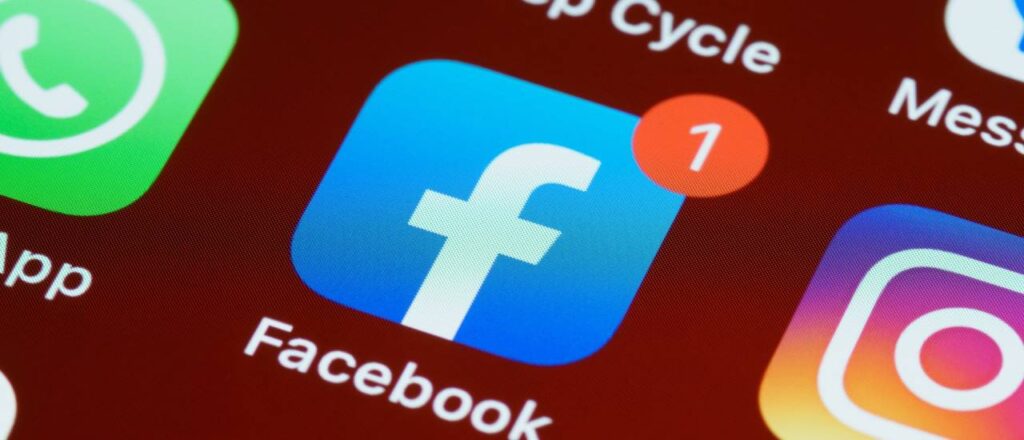
Available Social Media Channels
An effective social media scheduler must connect to as many platforms as possible. This will give your business more reach and create a vast network of customers.
For Buffer and Later, here are the social media connections they offer:
| Social Media Platform | Buffer | Later |
| Facebook or Meta | Supported | Supported |
| Supported | Supported | |
| Supported | Supported | |
| TikTok | Supported | Supported |
| Supported | Supported | |
| Supported | Supported | |
| Mastodon | Supported | Unsupported |
| Google Suite | Supported | Unsupported |
| Shopify Stores | Supported | Unsupported |
| YouTube | Coming Soon | Unsupported |
Winner: Buffer (1-0) can connect to nine social media sites, compared to Later’s six.
Publishing
Creating a publishing schedule is the foundation of every social media management tool. After all, streamlining your social media content starts with a well-spaced-out posting schedule.
Let’s start with Buffer and its scheduling feature, Buffer Queue. This allows you to create schedules over a month in advance. It permits simultaneous publishing and minor tweaks to be applied per post. With this, you can easily:
- Adjust your schedule based on time zones
- Empty queue
- Pause queue
- Reorder queued posts
Later allows simultaneous posting and small changes per post too. It also turns scheduling into a painless and somewhat enjoyable process thanks to its Visual Planner. The feature offers the following:
- Drag-and-drop scheduling
- Visualization of your Instagram feed
Moreover, only Later offers Best Time to Post, which uses optimization algorithms to determine when is the best time to post content on Instagram based on your audience.
Winner: Later (1-1) brings visualization, flexibility, and automation to its scheduling feature.
Content Creation
Beyond publishing, a great social media management tool must also offer extensive content creation features to help you curate your feed.
Buffer has a built-in editing tool called Pablo which can help you create graphics for your posts. It’s among the few social media marketing tools still offering a landing page maker.
But content creation is where Later shines. Besides its built-in editing tools, Later has a media library to help you catalog your content. This feature can:
- Add notes to media files for reusability
- Create labeled and searchable content
- Upload from anywhere
Content curation is also an effortless task on Later as it enables:
- Direct funnel of partnered creator content into Later account
- Instagram mentions notification in-app
- Simultaneous searching through multiple social media sites using hashtags or URL
But, our favorite thing about Later? Its Creator Database, which allows you to connect with potential collaborators. This means no more scouring the internet for content creators as Later creates a space for you to meet them in-app.
Winner: Later’s (2-1) content creation is unparalleled.
Team Management
It doesn’t matter if you’re a small business or a big enterprise — team collaboration is essential to an efficient marketing process.
Collaboration is simple as can be on Buffer. First, assign a “manager” and tag all your “collaborators.” From there, Buffer offers complete team management, including giving access to collaborators with curating, creating, and publishing content.
On the other hand, Later only offers calendar and publishing schedule sharing.
Winner: Buffer (2-2) is better at delegating tasks to your team.
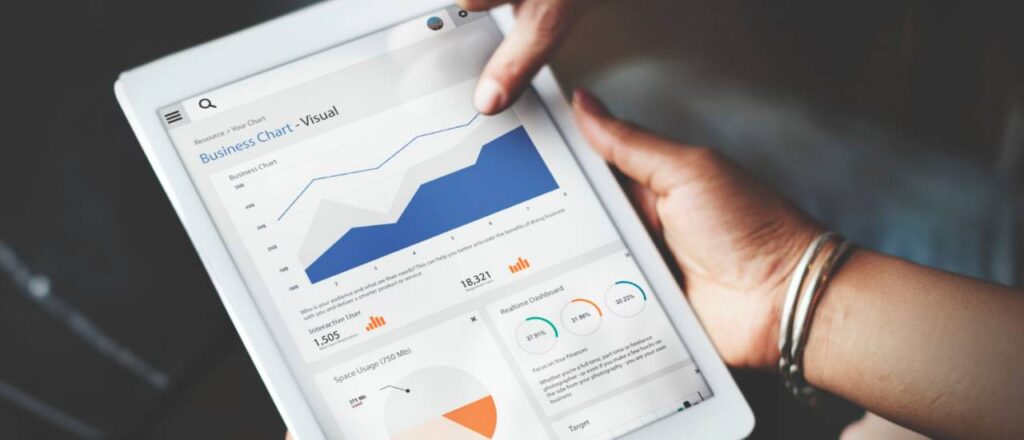
Analytics
In marketing, the forewarned is forearmed. You must always be aware of the critical data about your business, how well you’re performing, and the vulnerabilities of your campaign. Fortunately, Buffer and Later offer comprehensive reporting to keep you informed.
Buffer offers basic analytics like:
- Engagement
- Insights
- Post Performance
Later has a more thorough reporting suite. Let’s start with what they offer for their lower tiers. Here’s what you get from Later in their Free to Starter tier:
- 30-Day Likes, Comments, and Clicks Performance
- Best Performing Posts
- Follower and Followed Count
- LinkedIn Profile Engagement
- Total Posts Made
Now, for the higher tiers of Later, you’ll get access to analytics on:
- Profile Growth and Discovery
- Profile Interaction
Moreover, Later also offers far-reaching Instagram statistics like:
- Audience Demographics: Tells you who’s your audience using their average age, gender, location, and language
- Follower Activity: How many times they’ve viewed your profile, what other companies they follow
- Post Filtering: Sorts and filters your posts by post date, engagement, impressions, reach, likes, comments, saves, views, and revenue
- Story Performance: How many impressions did your story get, its reach, replies, the average completion rate, and average views per followers
- Industry Hashtag Trends: Which hashtags get the most impressions
But it’s not just for Instagram. Later also has in-depth reporting on LinkedIn, which includes:
- Click Percentage
- Page Views By Location
- Profile Button Clicks
Winner: Later’s (3-2) reporting features are among the best we’ve seen for social media marketing tools.
Pricing
In a business, your budget is your lifeline. That’s why you must ensure it’s well-spent by buying only the right tools for social media marketing. This is how much Buffer and Later costs:
Buffer
Buffer’s prices scale up with how many social media profiles you connect to it. You can see how much it sets you back below:
| Features | Free | Essentials | Team | Agency |
| Pricing | Free | $6/month per channel | $12/month per channel | $120/month per channel; $6/month per channel after 10 channels |
| Users | 1 | 1 | Unlimited | Unlimited |
| Channels | 3 | Unlimited | Unlimited | Unlimited |
| Maximum Scheduled Posts Per Platform | 10 | 2,000 | 2,000 | 2,000 |
| Analytics | None | Social Media Performance | Social Media and Landing Page Performance | Social Media and Landing Page Performance |
Later
On the other hand, Later’s costs increase with how many features you get with your chosen plan. Later is priced at:
| Features | Free | Starter | Growth | Advanced |
| Pricing | Free | Starts at $18/month | Starts at $40/month | Starts at $40/month |
| Users | 1 | 1 | Maximum of 3 | Maximum of 6 |
| Channels | 1 | 1 | 3 | 6 |
| Maximum Scheduled Posts Per Platform | 10 | 30 | 150 | Unlimited |
| Analytics | Instagram post analytics (90 days) | 90 days of analytics on Instagram posts and LinkedIn; TikTok and Facebook analytics | Full analytics dashboard | Full analytics dashboard |
Winner: Buffer (3-3) offers more at a lower cost.
Wrap Up
That concludes our head-to-head comparison, and the results are less definitive than we thought at 3-3. This is because Buffer and Later have features that appeal to a particular market. The question is, which social media scheduler best fits your business model?
Buffer is better for small businesses with only a handful of social media profiles, as its prices increase the more channels it has. It’s also great for those who want team collaboration for their team. Moreover, it’s more flexible on social media integration.
Likewise, Later is also a fantastic choice for small businesses. Content creators, artists, and photographers are the perfect demographic for Later as it offers an extensive Instagram marketing suite. Furthermore, its visual planner allows for a more efficient publishing schedule.
Our advice? Don’t try to fit a square peg into a round hole. You must assess the needs of your business first to decide which of these tools is more fitting.


